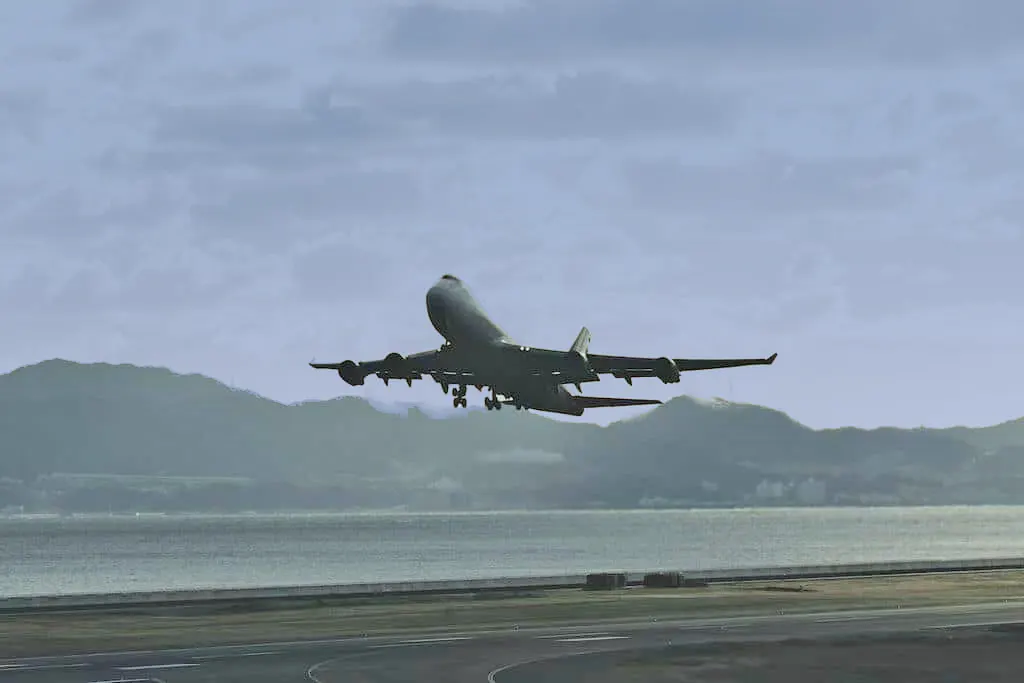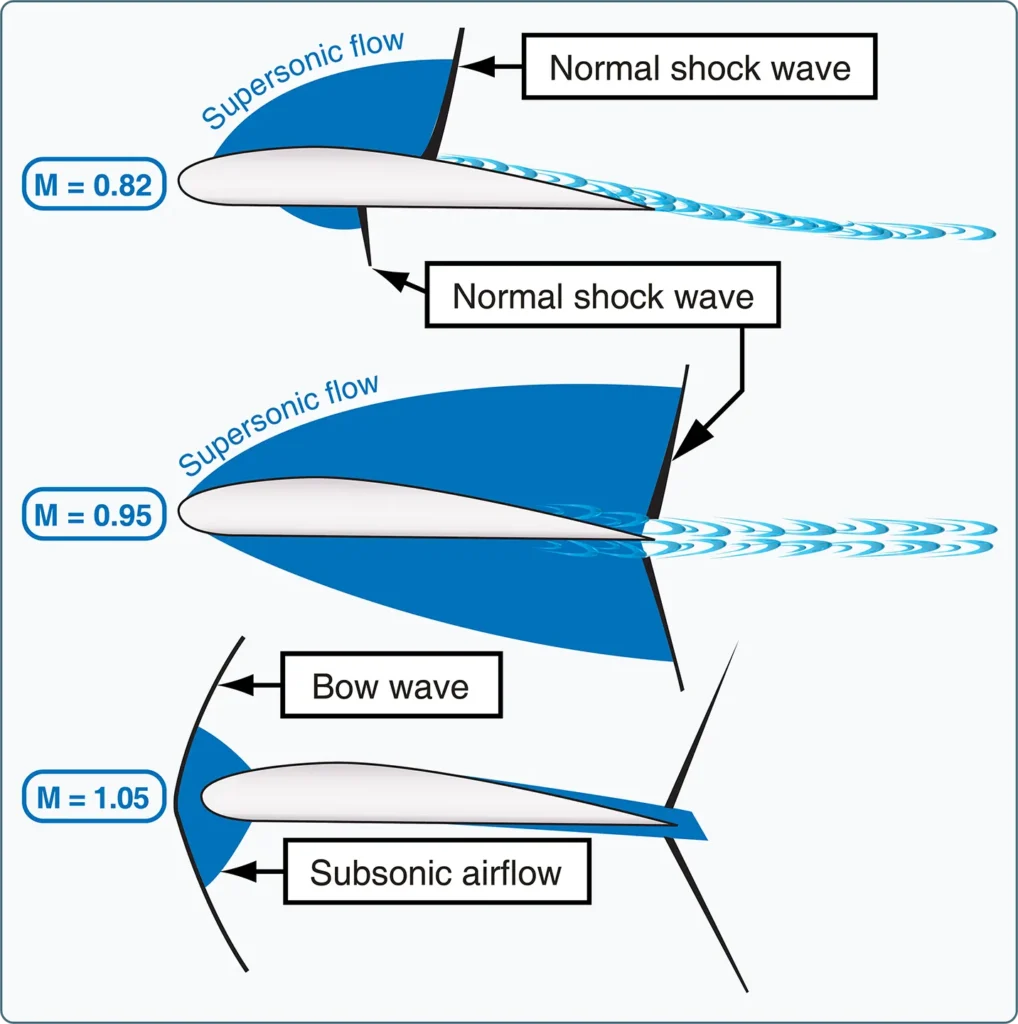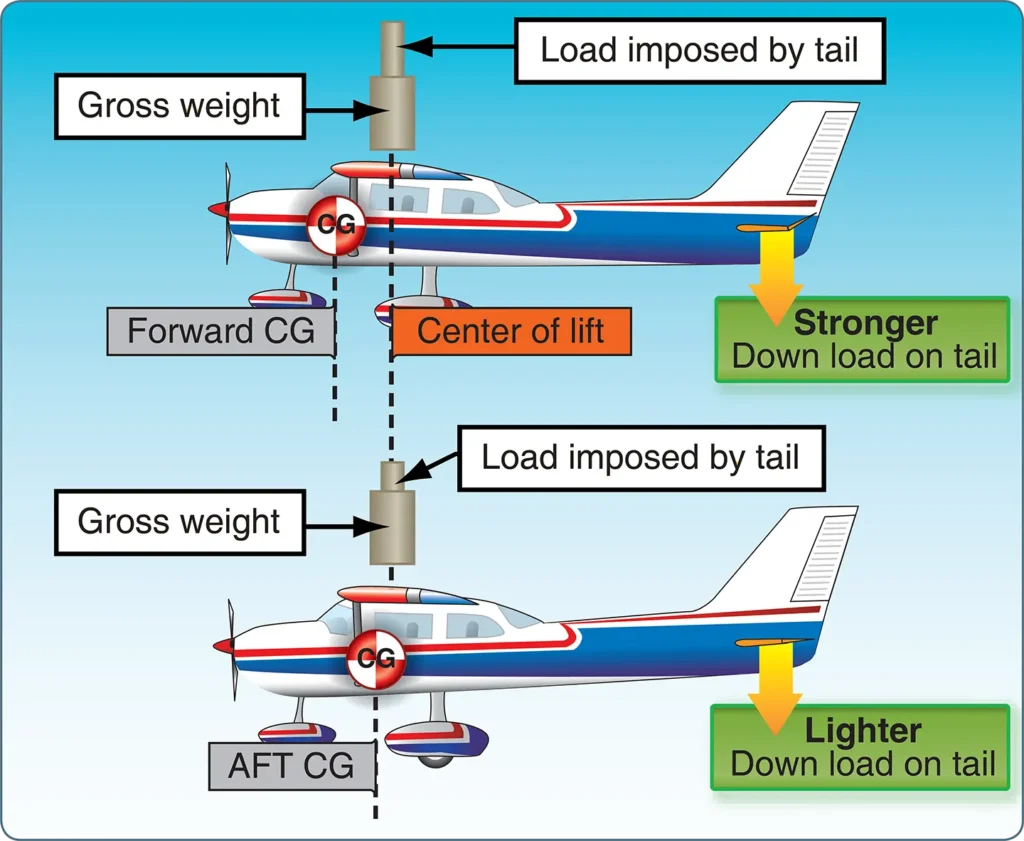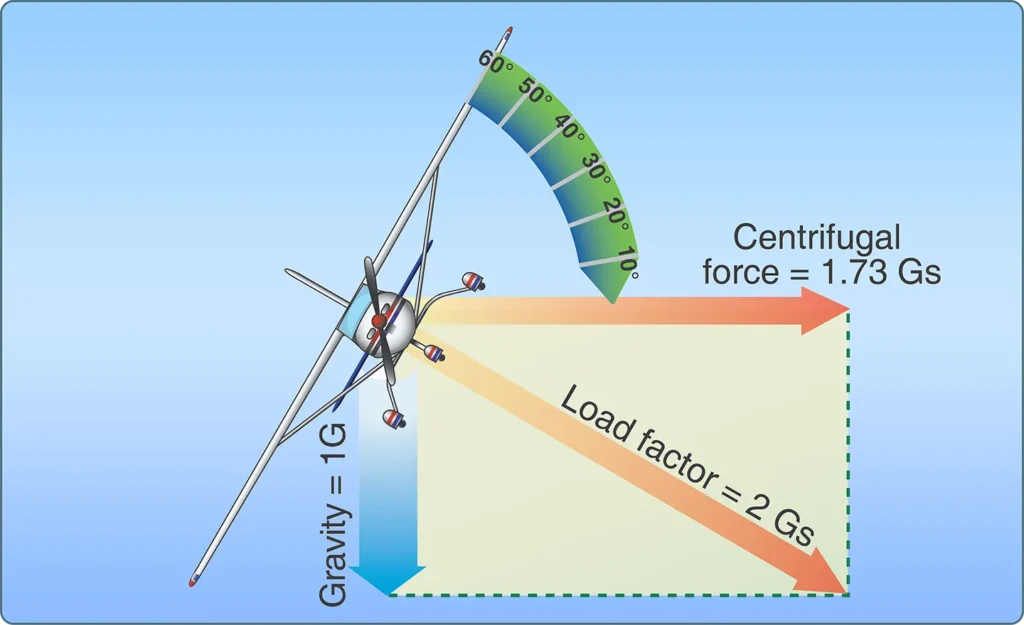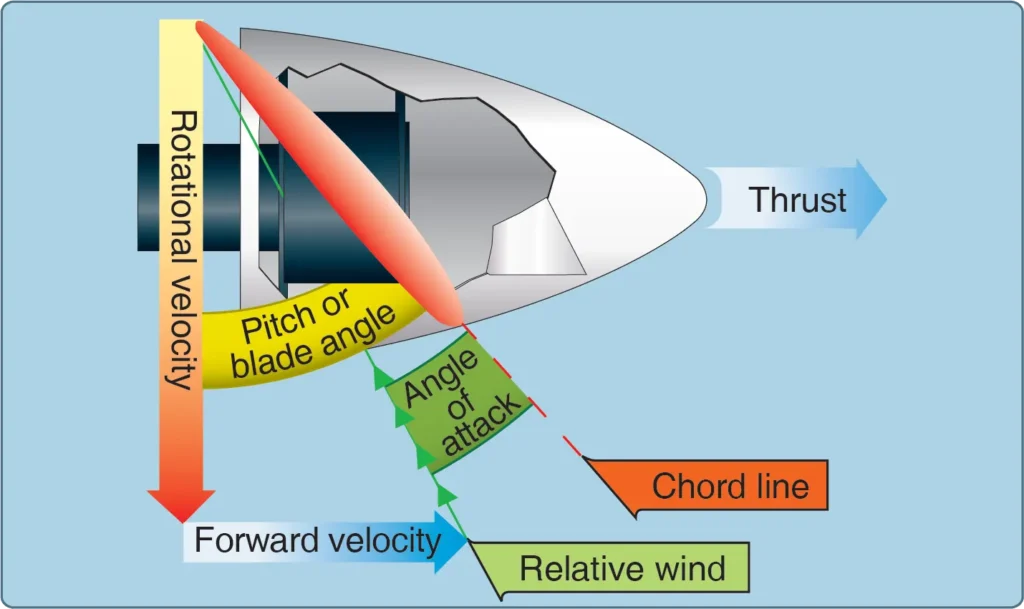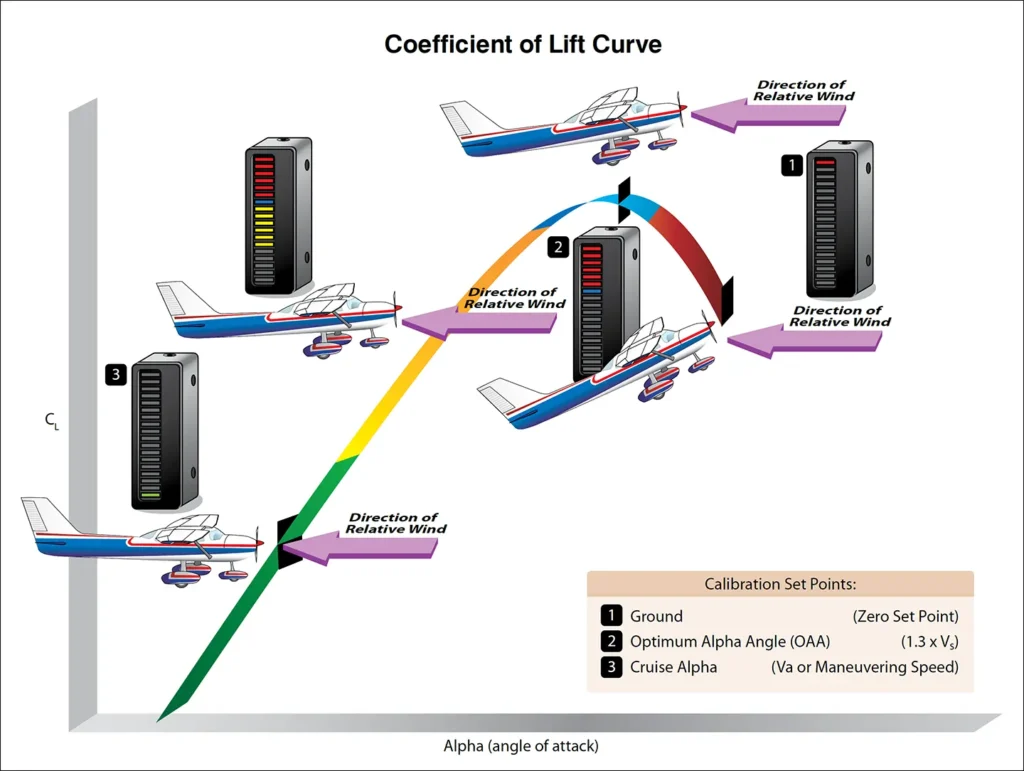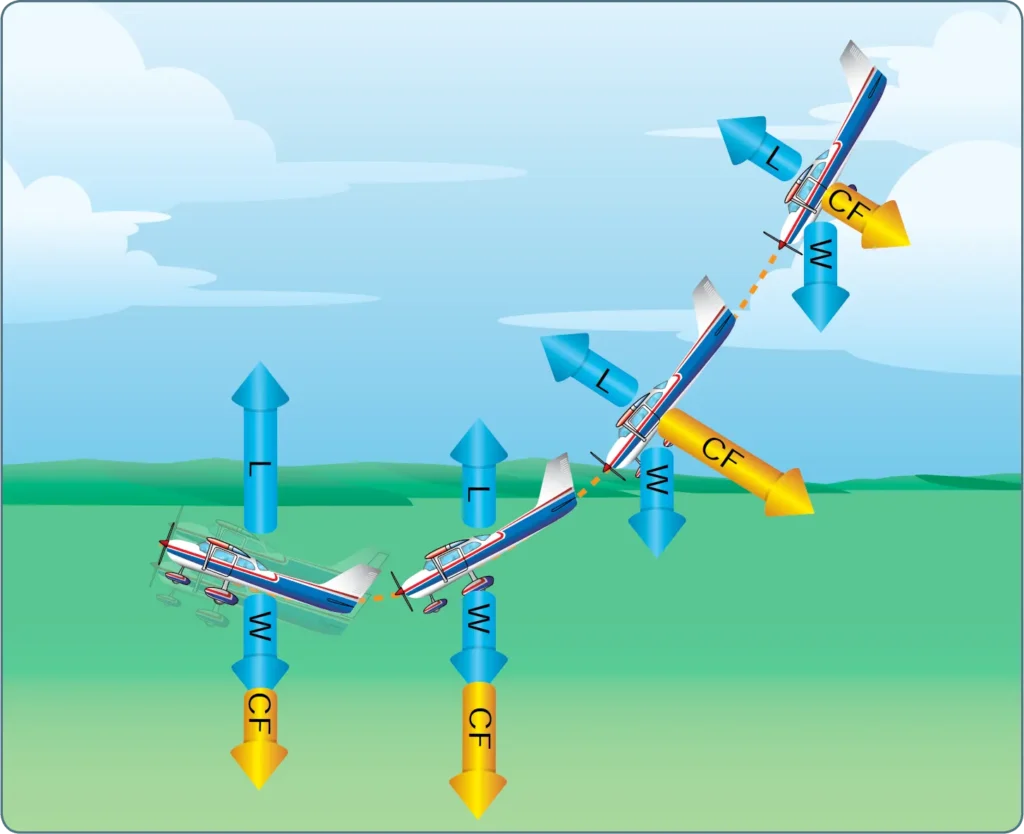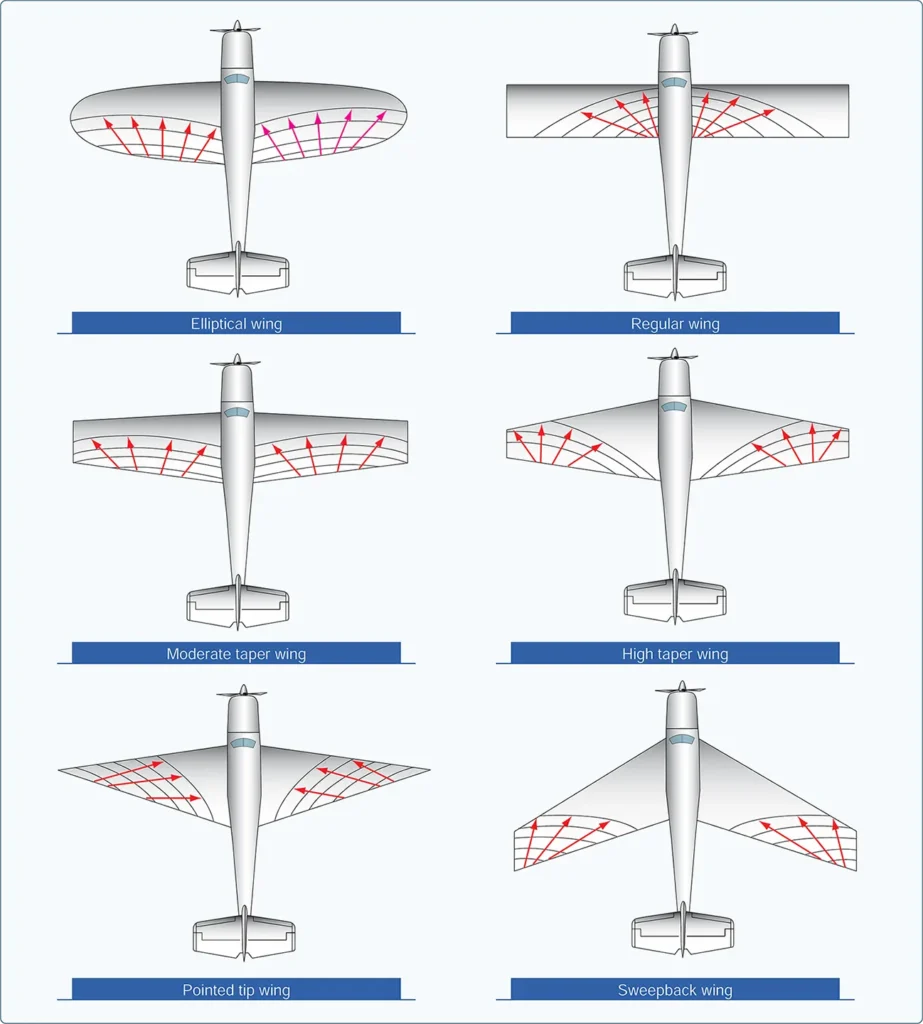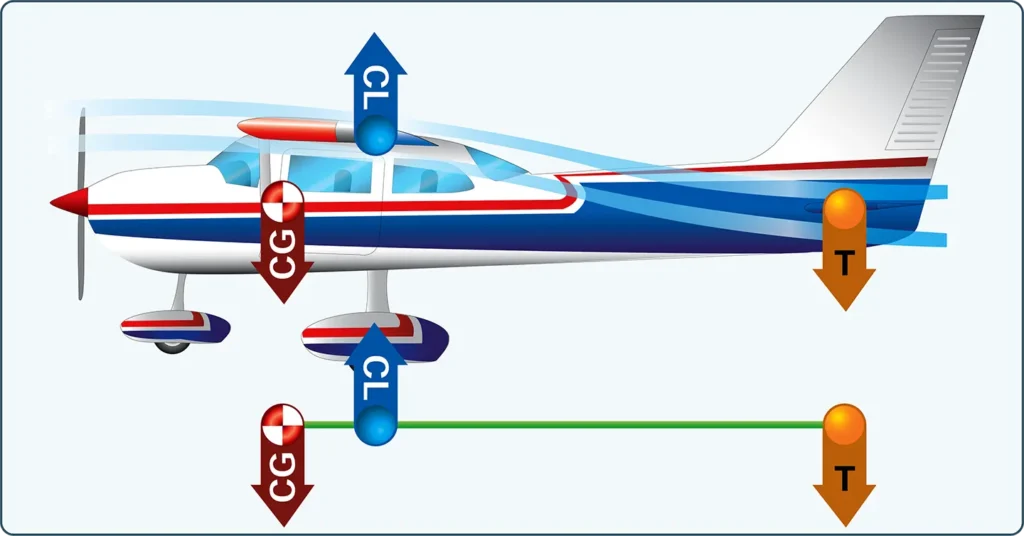Aerodynamics of Flight
Aeronautical Knowledge, Flying TrainingAs the principal application of aerodynamics is the design of aircraft, air is the gas with which the science is most concerned. Although aerodynamics is primarily concerned with flight, its principles are also used in designing other structures. Thrust, drag, lift, and weight are forces that act upon all aircraft in flight. Understanding how these […]

